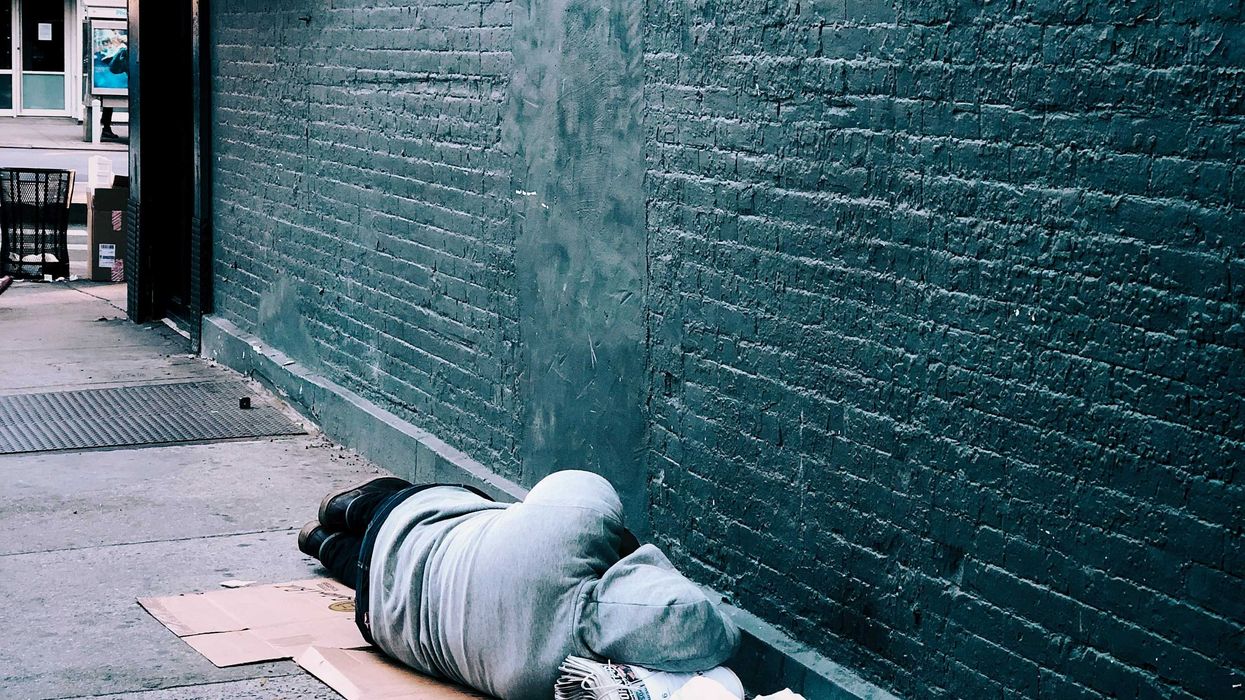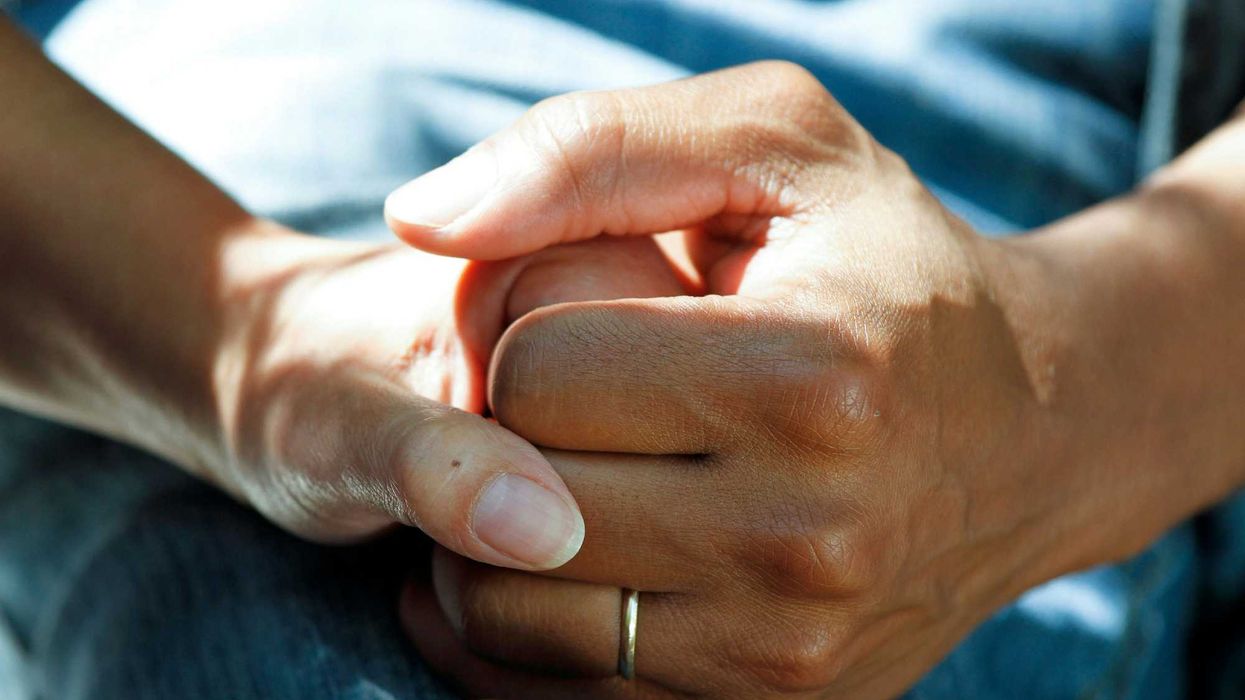I had the opportunity to speak with Mary Kenion, the Chief Equity Officer at the National Alliance to End Homelessness. The NAEH, in her words, is a non-profit organization with a “deceptively simple mission; to end homelessness in America.” We discussed the trends in policy that potentially could worsen the crisis, in relation to Medicaid, and the recent Executive Order regarding vagrancy and the mentally ill, and, finally, why this should matter as practical policy and how this reflects our national character and moral principles.
The NAEH cooperates with specialists to guide research efforts and serve in leadership roles; they also have a team of “lived experience advisors.”
We believe at the alliance that many of the systems and institutions that exist were designed without the input of the people they were created to serve. We feel strongly that we have to lean into partnering alongside people that… understand these challenges at a deeply intimate level.
We shifted from here to discuss how everyday people and political leaders are engaging these conversations.
The rhetoric around people experiencing homelessness in the last several years has become incredibly dangerous, and also has become hateful.
Kenion described this rhetoric as promoting stereotypes of homeless people being criminals, and diverting attention away from what she and The Alliance view as the real problem:
A decades-long affordable housing crisis, a threadbare social safety net, and an insufficient healthcare system, where individuals cannot access the services they want and need.
Kenion described the July 24th Executive Order on homelessness as a clear departure from research. She is concerned that this policy could cause harm, but clarifies that the stance of the NAEH is non-partisan; not seeing this issue as “red, or blue, or purple,” but as an issue of dignity, and the goal of her organization as providing solutions to alleviate homelessness for every individual, and every group.
Housing is so much more than a roof over your head; it is healthcare, it is safety, it is security, it is having your own slice of the world to be you.
The EO discusses “Restoring Civil Commitment… [and] shifting homeless individuals into long-term institutional settings.” Furthermore, the EO introduces an incredibly broad framework, the “implementation of maximally flexible civil commitment.. termination of consent decrees” and placing individuals with mental illness “in appropriate facilities for appropriate periods of time.” However, Kenion presents another, more practical issue: “What institutions?” For decades, we have scaled back our investment in mental healthcare, and the White House lacks the necessary hospitals to advance its ambition in expanding involuntary commitment.
The Housing First Model is what the NAEH presents as the best solution available. This model provides permanent housing without requiring sobriety, treatment participation, medication adherence, or employment. The principle of this model is that housing is the first step—the foundation that supports individuals' access to these resources. The EO opposes this model as well, and states that the Secretaries of HUD and Health and Human Services will take steps to end “housing first policies,” which the administration views as not promoting “recovery and self-sufficiency.”
In addition to the Housing First Model, we discussed the role of family. Kenion describes this as the starting point, that even before entering housing, there needs to be a discussion about reliable people in their life, helping that individual maintain those connections, and developing that support network.
Kenion also presents an alternative to the idea that social safety nets are a drain on taxpayer money.
We need investments in behavioral health, we need investments in healthcare, we need investments in food security, because when those basic needs are met you get a return on that investment. When people’s basic needs are met, they reinvest in the economy.
She points to the trend of disinvestment in these resources and to the cuts to Medicaid enacted through the “Big Beautiful Bill” as potentially having catastrophic effects.
In response to people who perceive homeless individuals as putting themselves into a bad situation, or questioning why their tax dollars should be funding these programs, Kenion has a simple response:
Why not? If you are in a better position than your neighbor, why not help your neighbor. When did this become who we are? When did we stop helping our neighbor? When did we stop caring about them? That’s who we have historically been; we help each other, we look out for each other, we are in community together.
She pointed to a larger issue of how we approach our conversations and our disagreements:
We are supposed to be able to be in community together, and have hard conversations, and share viewpoints—conflict does not have to be unhealthy.
Despite the diverse needs of homeless individuals, the NAEH holds the conviction that adding prerequisites to housing builds on existing barriers in providing the treatments and supports that individuals would benefit from. Furthermore, the opposition toward addressing these challenges raises a larger issue—the lack of our community, the loss of our empathy for those in a worse situation than our own, and our inability to disagree and have challenging conversations.Luke Harris is a Fall Intern with the Fulcrum.
The Fulcrum is committed to nurturing the next generation of journalists. To learn about the many NextGen initiatives we are leading, click HERE.












 Dr. Carmen Gonzalez is the director of UW’s CCDE and an associate professor in the department of communication. Photo by Corey Olson.
Dr. Carmen Gonzalez is the director of UW’s CCDE and an associate professor in the department of communication. Photo by Corey Olson.







